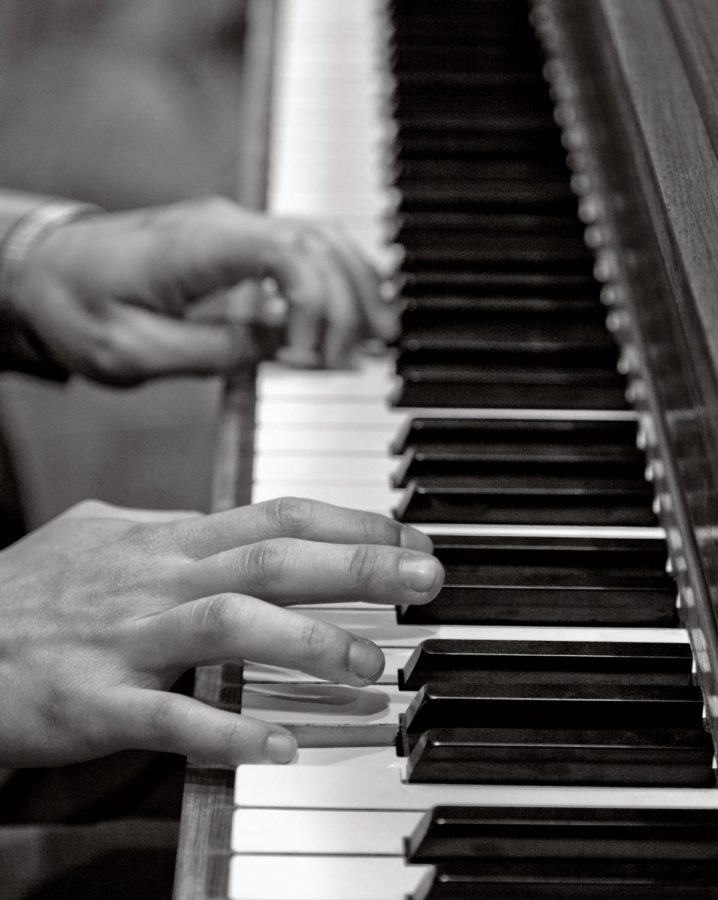Music Therapy in Prisons
Photo Credit: Robert Couse-Baker
March 26, 2021
A scene in the film The Shawshank Redemption perfectly encapsulates the effect of music on inmates. In that scene, Andy Dufresne, an inmate at Shawshank Prison, plays a vinyl of Mozart’s Le Nozze di Figaro over the megaphones. The language of music freely expresses complex human feelings abstractly rather than directly and is universally understood by the commoner and convict alike, emphasizing hope in unity as a shared experience between a group of listeners who each interpret the message differently. Every guard and prisoner attentively listens to Mozart, experiencing this moment together, though they could not be more opposite in their walks of life. Regardless of why each of them were incarcerated, the inmates are humanized.
What is music therapy? Relatively new, this type of therapy focuses on the mental, emotional, and physical healing of patients through music. After World War II, veterans were in search of an outlet to relieve their trauma. Doctors began to research music therapy after observing the global hippie arts movement. In 2008, prisons began to provide music therapy, highlighting a shift to rehabilitate rather than punish their inmates. This therapy successfully treats illnesses such as depression, dementia, schizophrenia, and strokes all across the world because it encourages patients to embrace vulnerability and empathy.
The use of music therapy in prisons offers many advantages. The two main problems music has proven to be effective against are memory loss and addiction disorders as it exercises both sides of the brain, enabling patients to re-establish lost chemical connections. Inmates stave off memory loss using neurologic music therapy, attempt to recall lost senses and emotions using echoic mnemonics, develop an obedience toward rules using procedural mnemonics, recall episodic memories using declarative mnemonics, and coordinate their feelings with proper moods and behavior using associative mood and memory training. When treating drug addictions and psychological disorders, music therapists employ five stages: engagement, crisis intervention, stabilization, active treatment, and recovery. Inmates usually respond positively to musical treatment showing symptoms of increased self-awareness, respect for others, and greater physical conditioning as well as decreased impulsiveness, mood swings, and negativity. There are many forms of prison therapy, but music therapy allows inmates to discover their best selves without using strict or unhealthy methods.
On the other hand, the use of music therapy in prisons also offers its fair share of disadvantages. Many factors determine its effectiveness, including the will, cognitive ability, physical condition, emotional health, psychological state, and history of abuse of the patient. Because most inmates have troubled pasts, they may respond negatively to musical therapy due to harsh memories drawn out by the exercises. These memories can remind them of the events which led them to the penitentiary, evoking harsh reactions. Some patients also attempt to “escape reality” through music. Though this may seem like an advantage, inmates could interpret their freedom via music as a means to forget their rehabilitation and continue their wrongdoing. They must confront their past mistakes and reflect on their current states to achieve improvement. Overall, however, music therapy focuses on the healing of patients through music, and prisons have incorporated this into their inmate rehabilitation processes by nurturing ailments, breaking past habits, and creating a sense of hope for the future.

